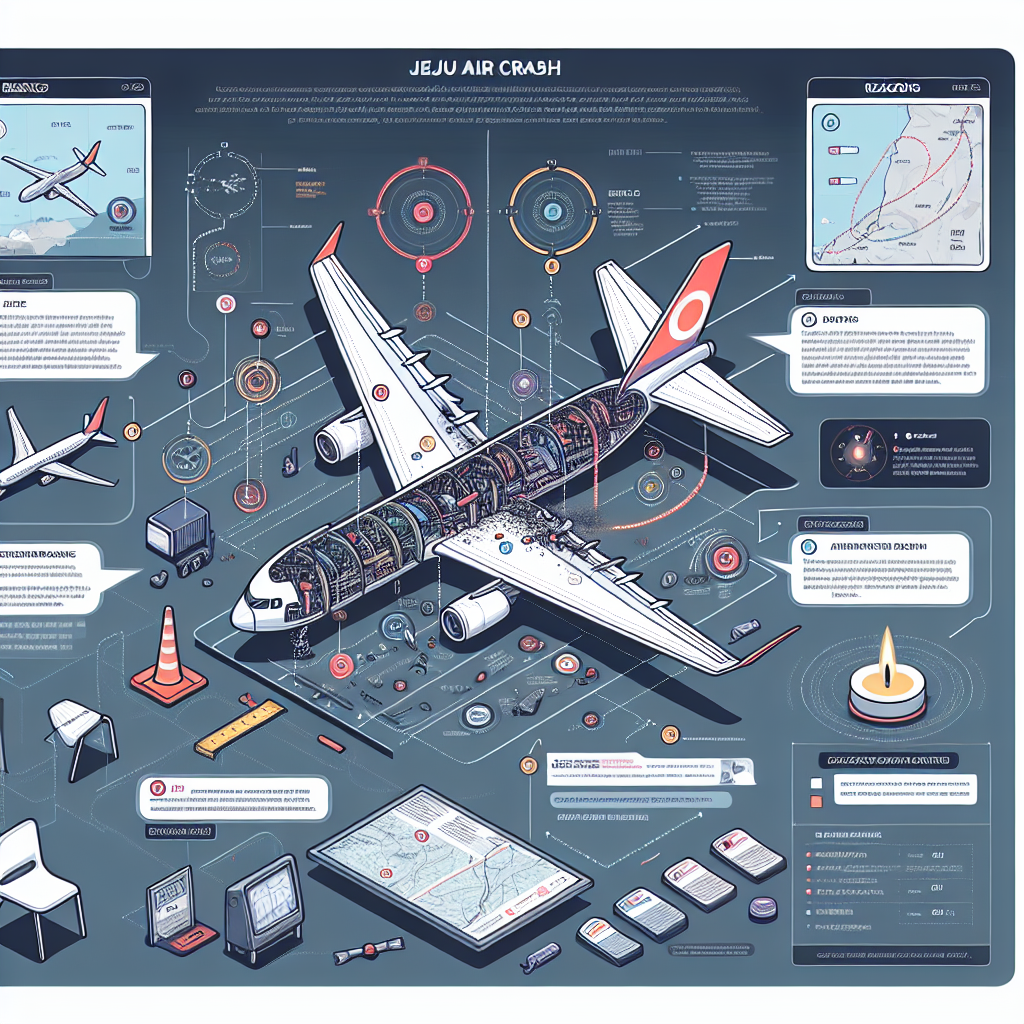Unraveling the Jeju Air Crash: Key Details and Insights
Unraveling the Jeju Air Crash: Key Details and Insights
Overview of the Incident
The Jeju Air crash has captured global attention, raising questions about aviation safety and operational protocols. This summary delves into the critical aspects of the incident, providing a comprehensive understanding of what transpired.
Key Details of the Crash
- Date and Location: The crash occurred on [specific date], near Jeju Island, South Korea.
- Aircraft Involved: The aircraft was a [specific model], operated by Jeju Air.
- Casualties: [Number] passengers and crew were on board, with [number] fatalities and [number] injuries reported.
- Weather Conditions: Initial reports suggest adverse weather conditions may have played a role.
Investigative Insights
Authorities have launched a thorough investigation to determine the cause of the crash. Key areas of focus include:
- Pilot Error: Examining the actions and decisions made by the flight crew during the critical moments leading up to the crash.
- Technical Malfunctions: Investigating any potential mechanical failures or system malfunctions that could have contributed to the incident.
- Weather Impact: Assessing how the weather conditions at the time may have affected the flight’s trajectory and stability.
Safety Measures and Recommendations
In response to the crash, aviation authorities and Jeju Air are considering several safety measures to prevent future incidents:
- Enhanced Training: Implementing more rigorous training programs for pilots to handle emergency situations effectively.
- Improved Technology: Upgrading aircraft systems to enhance safety and reliability during adverse conditions.
- Regulatory Changes: Reviewing and potentially revising aviation regulations to address identified vulnerabilities.
Conclusion
The Jeju Air crash serves as a stark reminder of the complexities and risks associated with air travel. As investigations continue, the aviation industry is poised to learn valuable lessons that could enhance safety standards worldwide. The incident underscores the importance of continuous improvement in training, technology, and regulatory frameworks to safeguard passengers and crew.

















